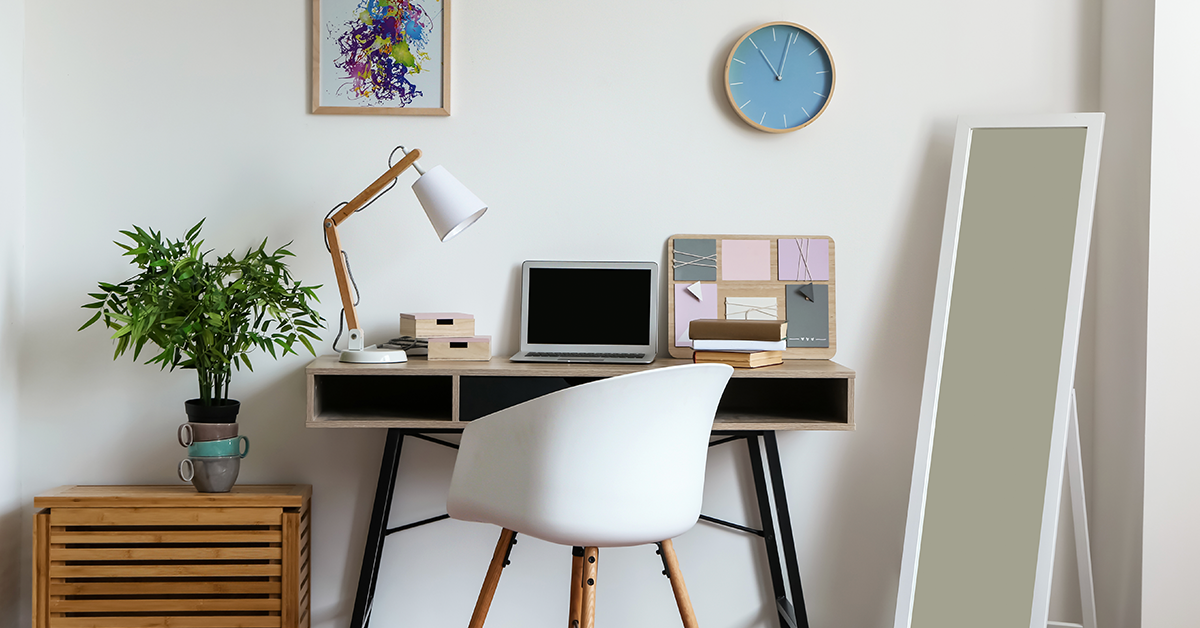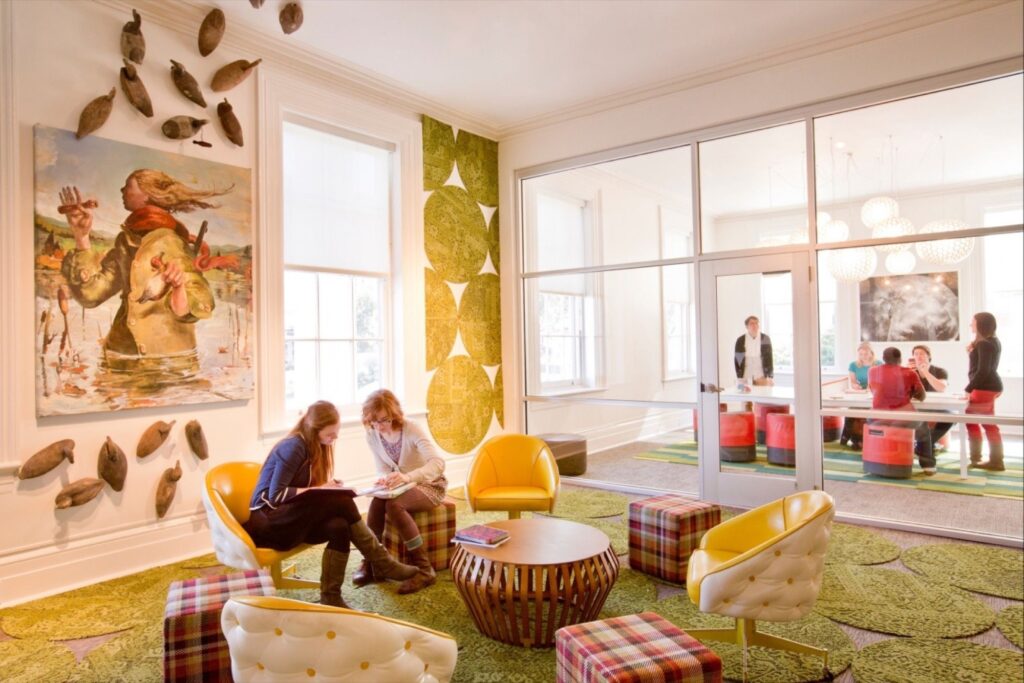
The design and ambiance of an office space play a crucial role in productivity, creativity, and employee morale. As businesses strive to create inviting and inspiring work environments, the color scheme of office spaces becomes a key consideration. Painting office spaces is an effective way to transform the look and feel of the workspace, but choosing the right colors and techniques can be challenging. In this article, we’ll discuss valuable tips for painting office spaces to help you create the perfect workspace that enhances productivity, fosters creativity, and reflects your company culture.
- Consider the Function of the Space: Before selecting paint colors for your office, consider the function and purpose of each area within the workspace. Different areas may serve different functions, such as individual workstations, conference rooms, collaborative areas, and reception areas, each requiring a unique approach to color selection. For example, calm and neutral tones, such as soft blues and greens, are suitable for individual workspaces to promote focus and concentration, while vibrant and energizing colors, such as yellow and orange, are ideal for collaborative spaces to encourage creativity and teamwork. Consider the activities that take place in each area and choose paint colors that support and enhance their function.
- Reflect Your Company Culture and Brand Identity: The color scheme of your office should reflect your company culture, values, and brand identity. Colors have the power to evoke emotions and convey messages, so it’s essential to choose colors that align with your company’s personality and mission. For example, if your company values innovation and creativity, consider incorporating bold and unconventional colors into the office design. If professionalism and reliability are core values, opt for classic and timeless colors that exude sophistication and trustworthiness. By aligning your office colors with your brand identity, you can create a cohesive and memorable workspace that resonates with employees and visitors alike.
- Pay Attention to Lighting Conditions: Lighting plays a crucial role in how paint colors are perceived within a space. Natural light, artificial light, and the direction of light can all affect the appearance of paint colors, so it’s essential to consider lighting conditions when selecting paint colors for your office. In spaces with abundant natural light, cool and neutral tones may appear brighter and more vibrant, while warm and dark colors may appear subdued. Conversely, in spaces with limited natural light, lighter colors can help brighten the space and make it feel more open and inviting. Consider conducting paint color tests under different lighting conditions to ensure that the chosen colors look their best throughout the day.
- Opt for Neutral Base Colors: When in doubt, opting for neutral base colors is a safe and versatile choice for office spaces. Neutral colors, such as white, beige, and gray, provide a timeless and flexible backdrop that complements a variety of decor styles and furnishings. Additionally, neutral base colors allow you to incorporate pops of color through accent walls, artwork, and decor accessories, adding visual interest and personality to the space without overwhelming the senses. Neutral base colors also make it easier to update and refresh the office design in the future without having to repaint the entire space, saving time and resources in the long run.

- Use Accent Colors Strategically: Accent colors are an effective way to add personality and visual interest to office spaces without overpowering the overall design. When selecting accent colors, consider incorporating your brand colors or colors that evoke the desired mood or atmosphere for each area. For example, a vibrant accent color can be used on an accent wall to create a focal point in a conference room or collaborative area, while softer accent colors can be used on trim, doors, or furnishings to add subtle pops of color throughout the space. Be mindful of using accent colors sparingly to avoid creating visual clutter and maintain a cohesive overall look.
- Test Paint Samples and Gather Feedback: Before committing to a final paint color scheme, it’s essential to test paint samples in the actual space and gather feedback from employees and stakeholders. Paint colors can look different in varying lighting conditions and environments, so testing samples allows you to see how the colors interact with the surrounding elements. Additionally, involving employees in the decision-making process can foster a sense of ownership and engagement in the office design. Encourage feedback and input from employees on their preferences and how they envision the ideal workspace. Ultimately, selecting paint colors that resonate with employees and reflect their needs and preferences can contribute to a more positive and productive work environment.
Conclusion: Painting office spaces is an effective way to transform the look and feel of the workspace and create a productive and inspiring environment for employees. By considering the function of each space, reflecting your company culture and brand identity, paying attention to lighting conditions, opting for neutral base colors, using accent colors strategically, and gathering feedback from employees, you can create the perfect workspace that enhances productivity, fosters creativity, and reflects your company values. With careful planning and thoughtful design choices, painting office spaces can be a rewarding investment that yields long-term benefits for your business and employees.
